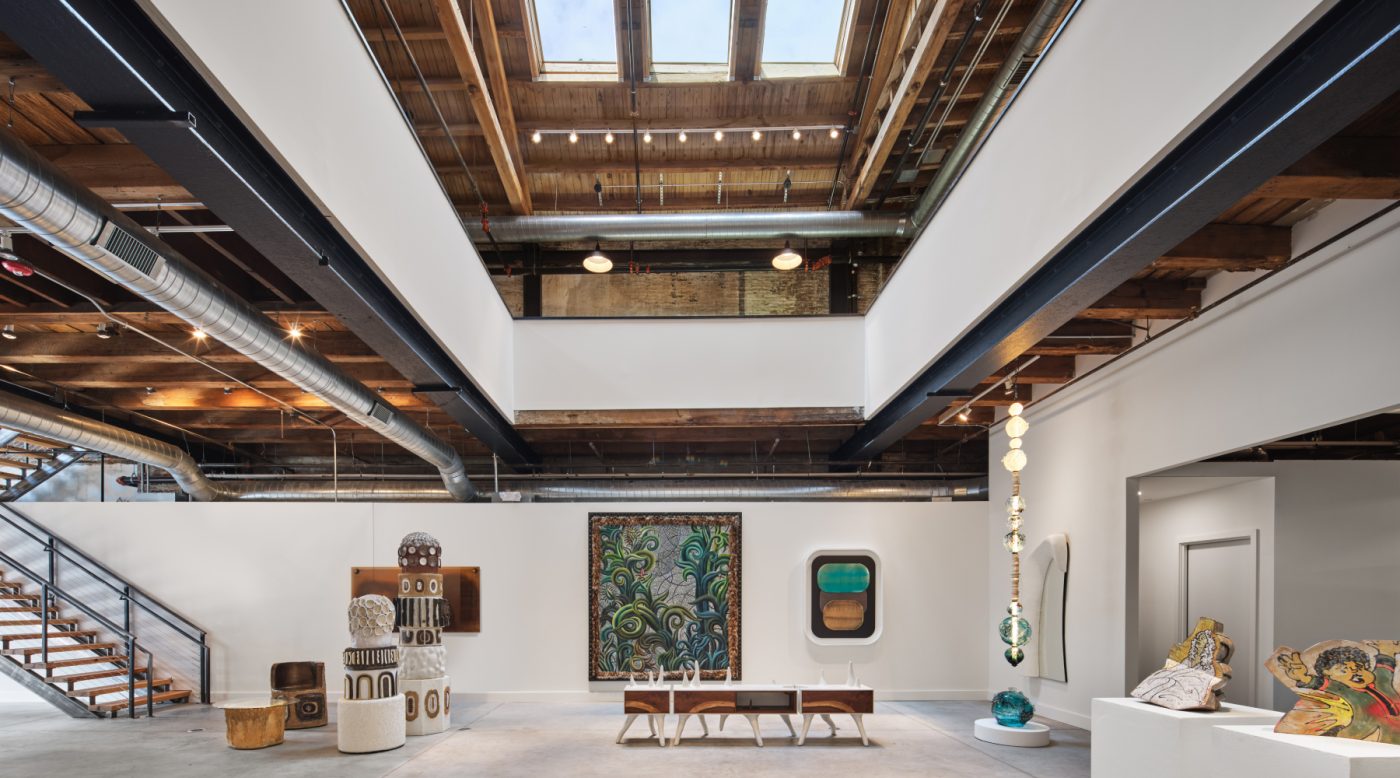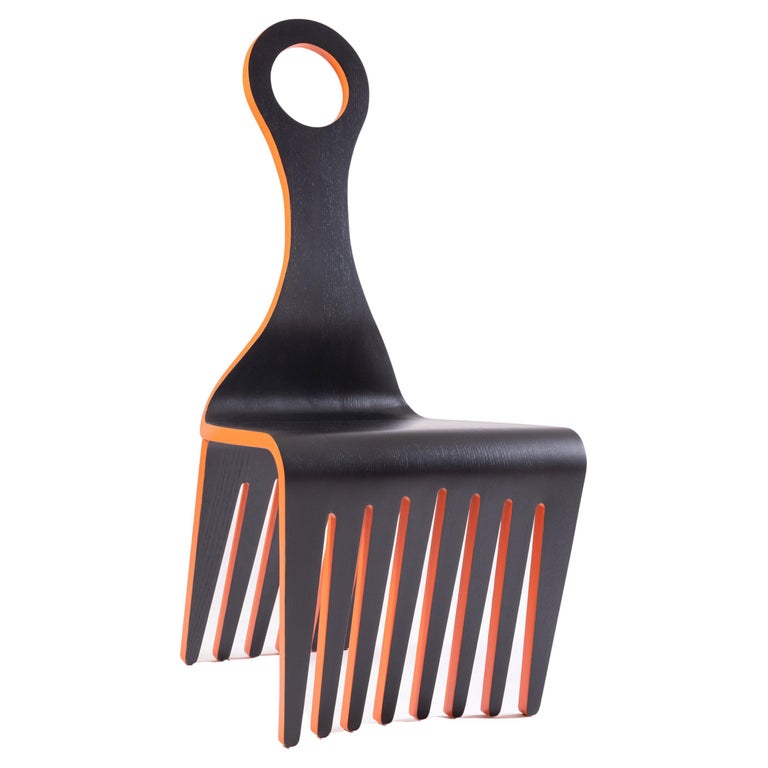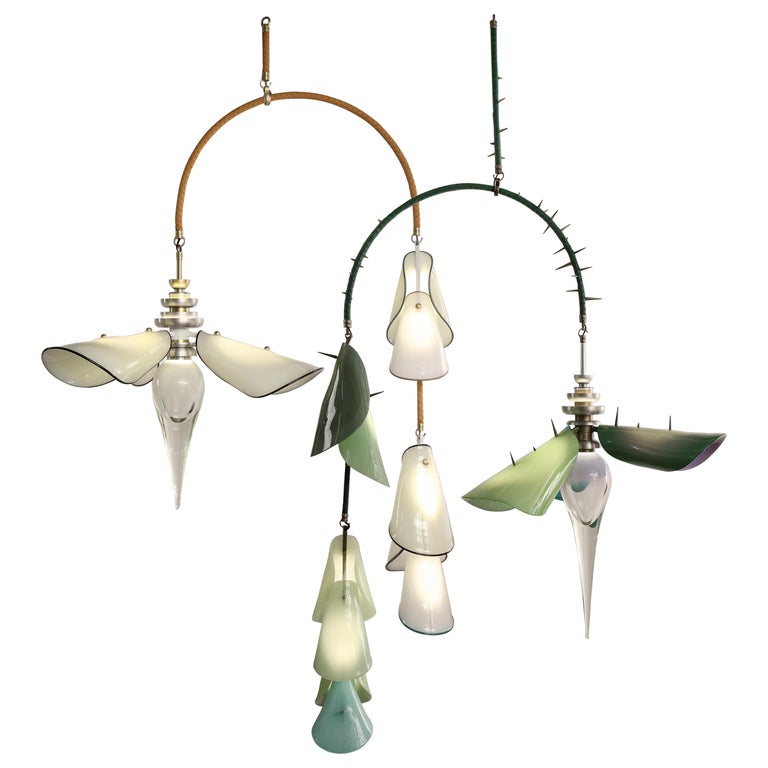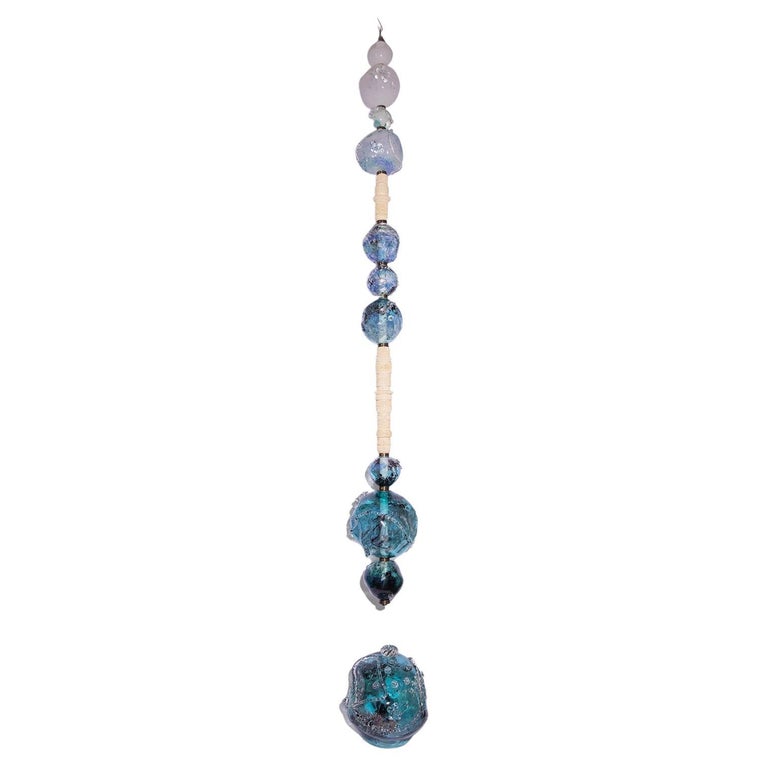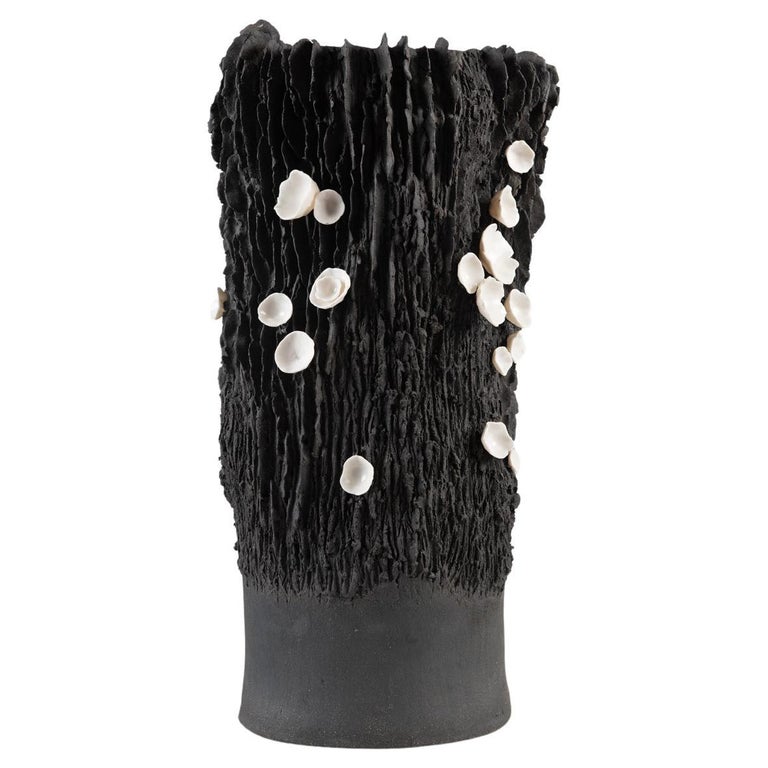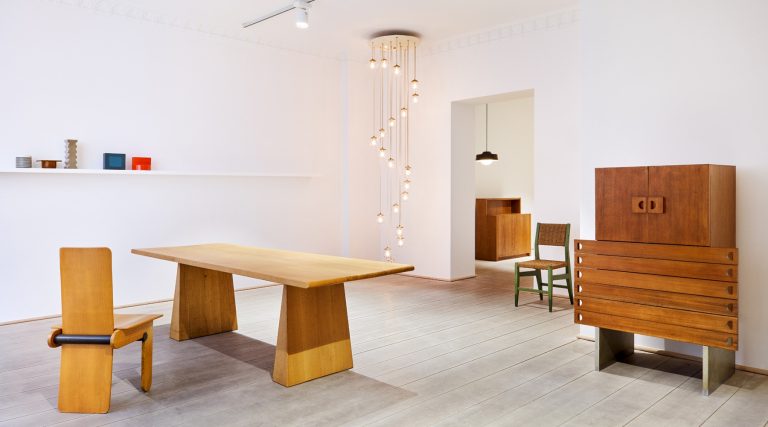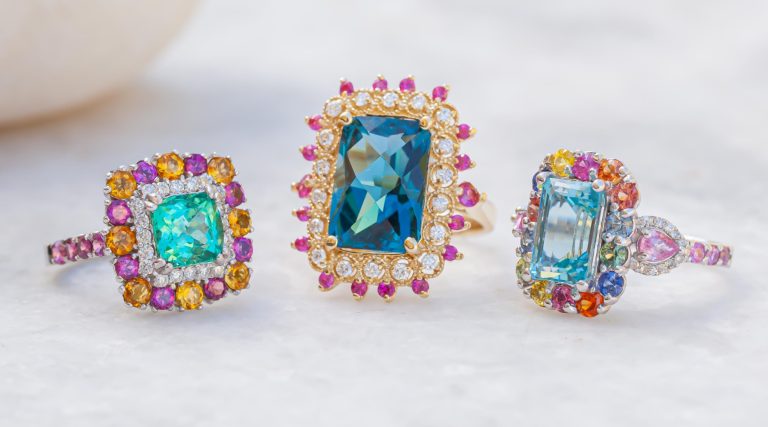October 8, 2023Lately, Philadelphia’s Wexler Gallery has been encouraging the artists it represents to think big. Really, really big. That’s because after 23 years in Old City, the Wexler Gallery has relocated to a space many times the size of its former site. Its new home: an 11,000-square-foot former pretzel factory in Fishtown, gut renovated so recently it still smells of fresh plaster.
Greeting visitors in the gallery’s soaring central atrium is a particularly lengthy iteration of Andreea Avram Rusu’s romantic, exquisitely crafted Botanica chandelier, its glass leaves and blossoms cascading down nearly 35 feet from the massive timbered ceiling on a leather cord. Thanks to newly poured concrete floors, weight is no obstacle either. Eric Slayton’s 1,400-pound concrete monolith, its subtle finish and gradations visible on close examination, is proof of that. “We need a forklift to get some of these pieces in,” says Lewis Wexler, who took on the titanic renovation project along with his wife and business partner, Sherri Apter Wexler.
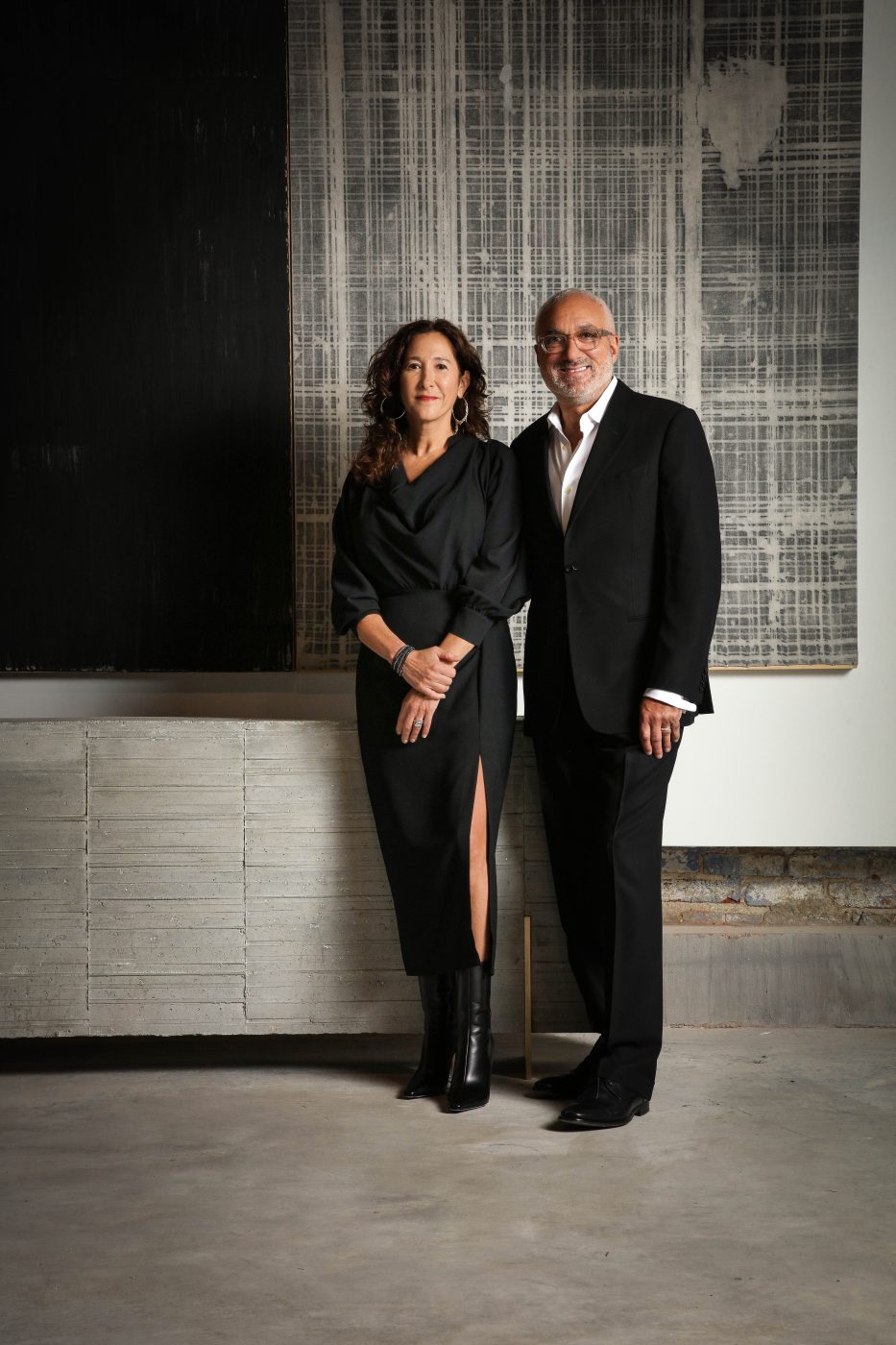
The Wexler Gallery is familiar to attendees of art fairs like Design Miami, Expo Chicago and Salon Art + Design, in New York, and it’s had a presence at the New York Design Center at 200 Lex since 2018. But the new Philadelphia space, on Frankford Avenue — a hip artery of restaurants, shops and galleries — is the mother ship. It’s also the nexus, Sherri hopes, of an emerging arts district, together with the Crane Arts building, an early anchor of the neighborhood’s art-studio scene; the Clay Studio, a monumental ceramics atelier, educational resource and exhibition venue; and the private West Collection, currently converting a nearby warehouse into exhibition space. “We’re trying to connect the dots and make the area an arts destination,” she says.
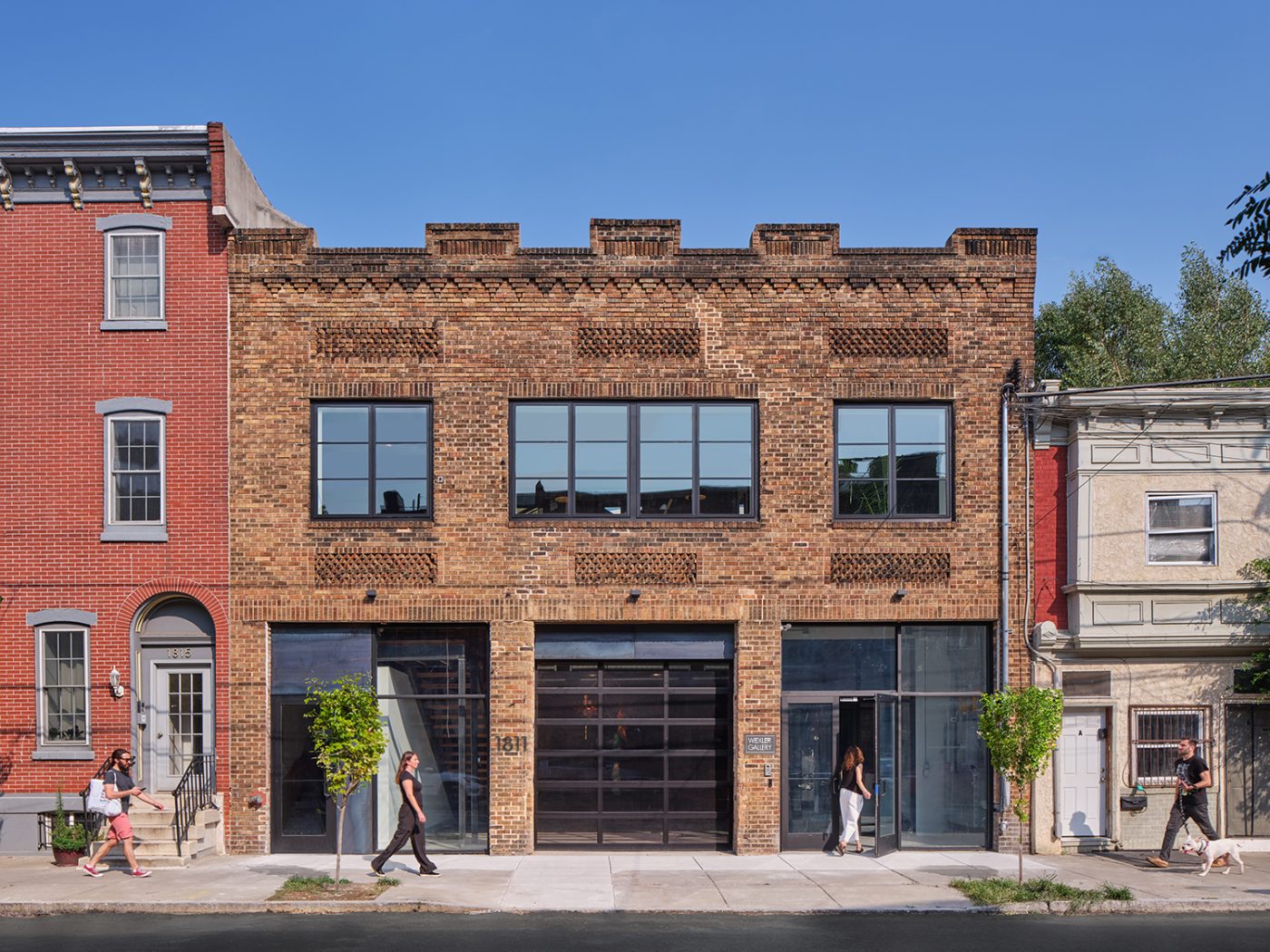
The Wexler Gallery’s scale is a departure for the couple, who met while working at Christie’s New York in the 1990s — she was in the prints department and he in 20th-century decorative arts. They opened their Old City gallery in 2000. “When we began, we were showing studio glass and furniture, but as we shifted into collectible design and things made of materials like concrete and steel, the situation became incompatible with our goals,” Sherri says. They needed a space where they could display works on an almost unrestricted scale. “We started looking for a rental but couldn’t find anything that felt right. So, we got a little crazy and bought this building. There had been a fire, and the back of the building was falling in. Half the floor was gone. It was horrifying, I’m not gonna lie.”
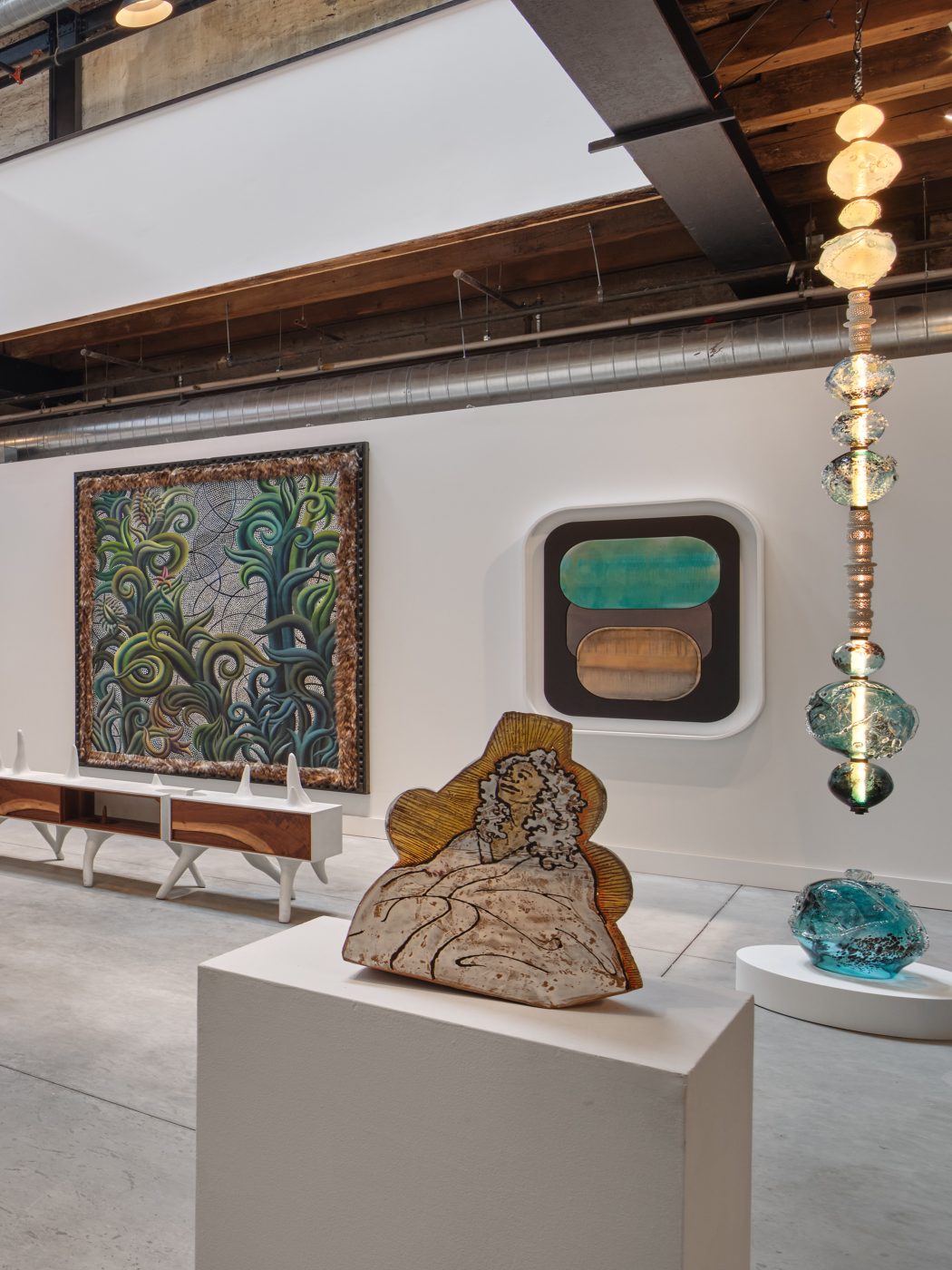
In a two-year renovation spearheaded by the illustrious architecture firm DIGSAU, they salvaged the building’s historic exterior brickwork, reimagined and rebuilt the water-damaged interior and restored the spectacular timbered ceiling. “It would have been way easier to tear it down and start over again,” Lewis says. “But it’s a beautiful building, and we worked hard to preserve its integrity.”
The boundaries being pushed and blurred by artists in the Wexler Gallery’s stable are not just those of size but of concept and material, as well. The Wexlers have never put much stock in such traditional labels as art, design and craft. Many of the works on display don’t fit neatly into any one realm, but fall “in the cracks,” as Lewis puts it. “They’re crafted pieces that are also comfortable in the contemporary fine-arts world.”
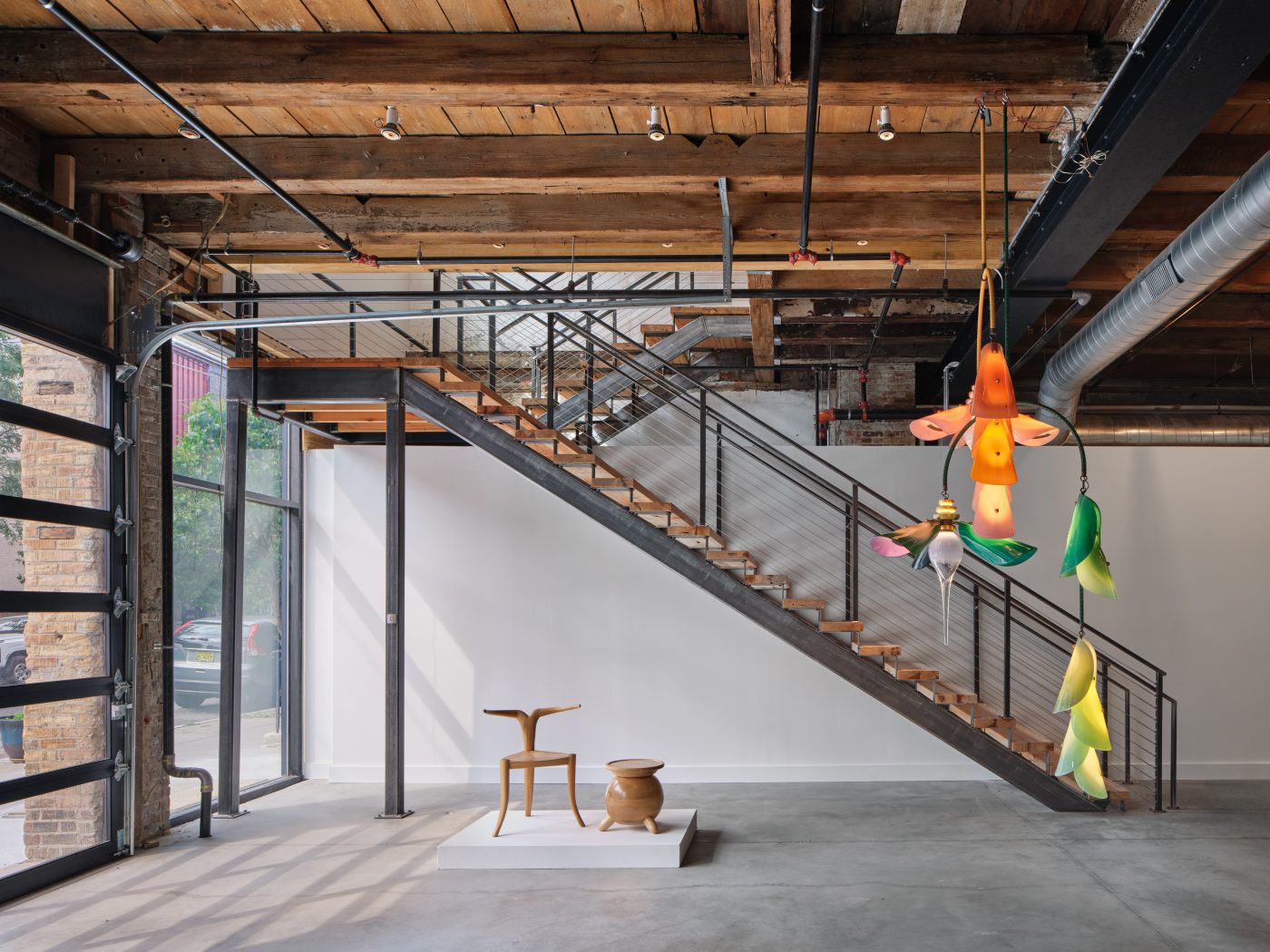
One rising star is the Ethiopian-American artist and designer Jomo Tariku. Just a few years ago, Tariku abandoned his banking career to produce contemporary art and design rooted in African culture. Since then, he’s created furniture for the Black Panther movie Wakanda Forever as well as the Meedo chair, fashioned after an Afro pick, which was included in the Met’s Afrofuturist exhibition “Before Yesterday We Could Fly” and acquired by other major museums for their permanent collections. Tariku’s brightly ringed Mukecha stools, his antelope-like Nayala chair and an ebonized example of the limited-edition Meedo chair are on display in the Wexler Gallery’s inaugural exhibition, which runs until December 1.
Also represented in the show is Malcolm Mobutu Smith, whom Lewis calls “an important voice in both the ceramics world and the art world.” Smith’s provocative, racially charged ceramic sculptures are inspired by imagery from Black history, African textiles and comic books. A professor in the ceramics department at Indiana University, he hadn’t been widely known before exhibiting with the gallery, but now his impactful work, like Tariku’s, is selling out wherever the Wexlers present it.
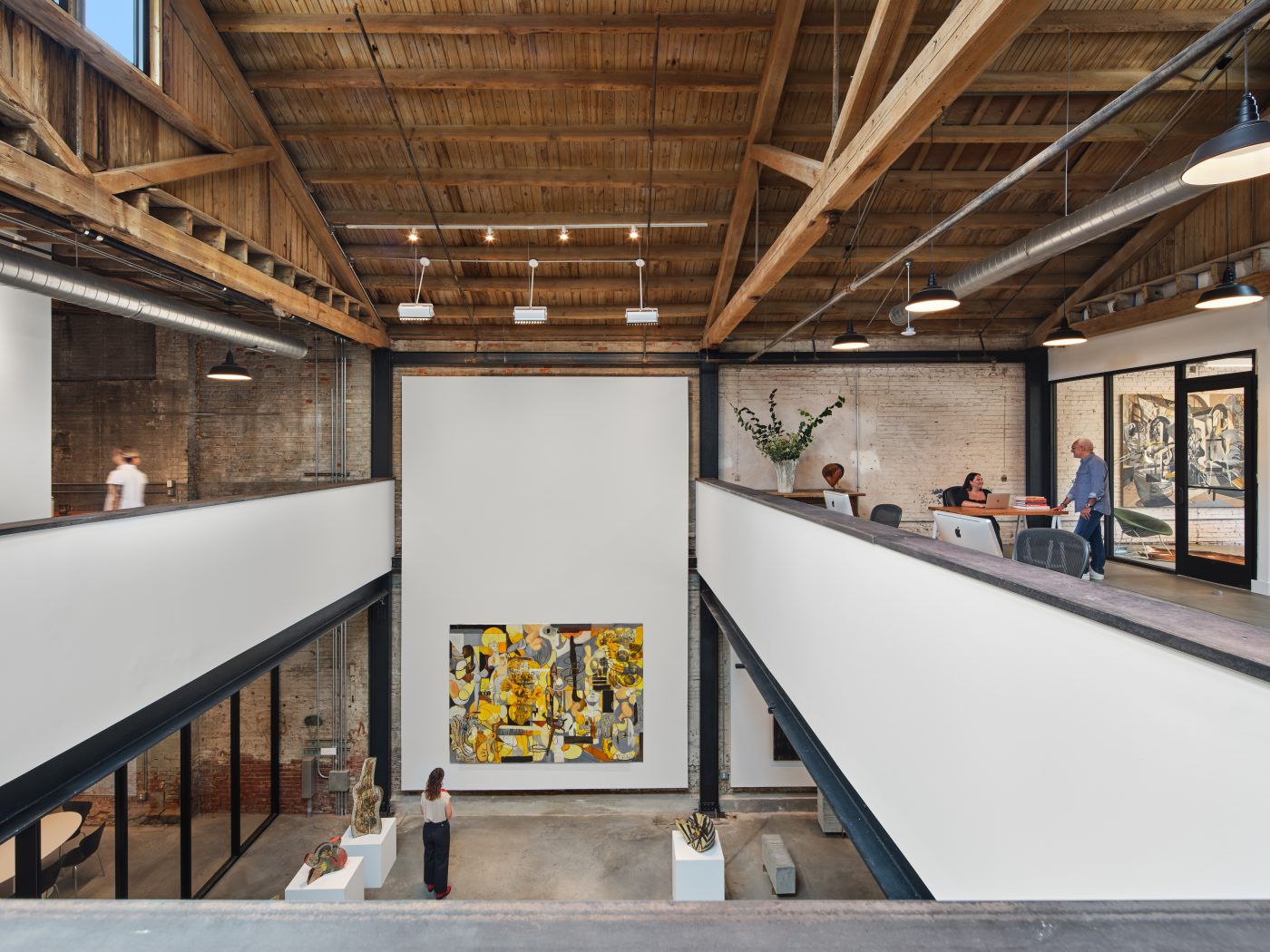
Another late bloomer, flourishing as a ceramist after a long career in advertising, is the self-taught Trish DeMasi, who draws from nature’s organic forms and her own unbridled imagination to hand build such richly textured pieces as the nearly eight-foot-tall Simpatico Tower I, made of glazed and raw stoneware. DeMasi shares a New Jersey studio with her life partner, Edward McHugh, whose Pop art–inflected pigment prints, sometimes incorporating wood, wax, resin and string, hang on the gallery’s sun-splashed walls.
Not all the works on display are hefty. Some are delicate, like Philadelphia-based Mami Kato’s intricate sculptures of eggshells, rice stalks and other ephemeral materials. Groundbreaking work in glass is a special strength of the gallery. The chunky columns of concrete and hand-pulled glass from much-lauded UK-based Harry Morgan glow with the beauty of stalagmites in a magical cave; local artist Gregory Nangle marries glass and liquid metal in mesmerizing wall and tabletop pieces; Feyza Kemahlioglu’s pendant lights of perforated meerschaum, enhanced with elements of mouth-blown glass, are conceived as an ode to her native Turkey.
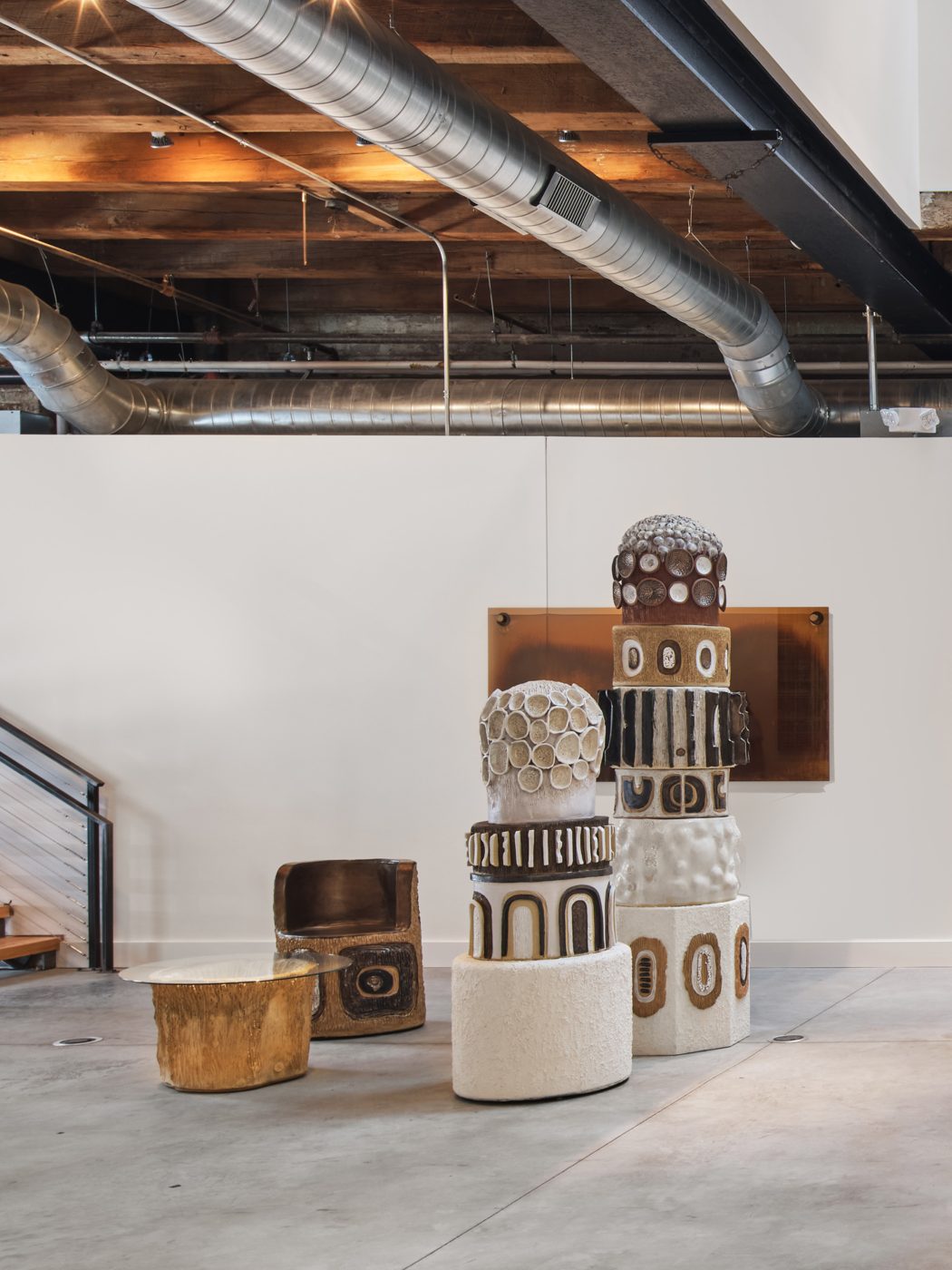
There’s plenty of wall space for paintings, which range from Henry Bermudez’s lush magical-realist canvases, enhanced with silver glitter, to the vivid abstract oils of Valerie Campos, whose work, along with that of other Mexican women painters, is the focus of a new exhibition opening in November at Wexler’s New York City space.
Although imposing in size, the new Wexler Gallery is a friendly place, poised to welcome collectors who venture just a little west and south of New York’s Chelsea art scene. “We do our best to create an inclusive, engaging environment,” says Lewis, who is happy to recommend a good restaurant, of which Philly has many, for lunch or dinner. “You’re not going to walk in here and have nobody look up from their desk.”
